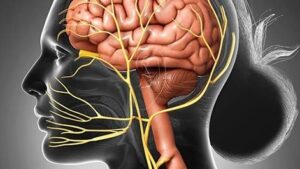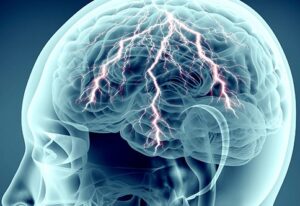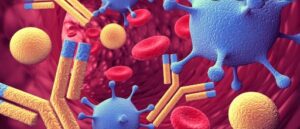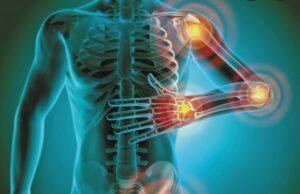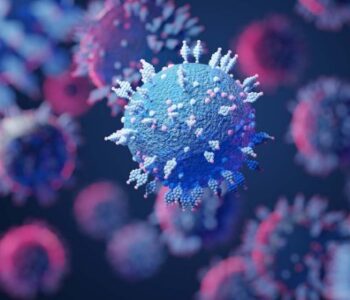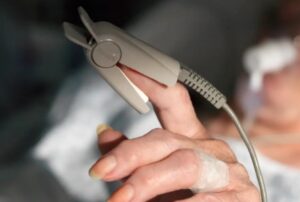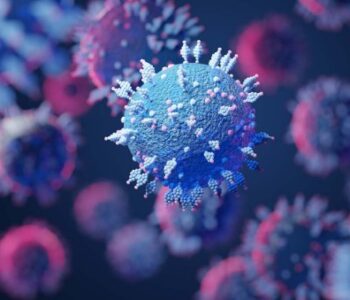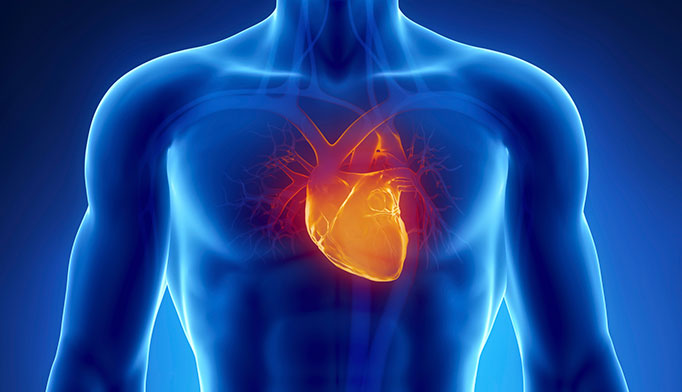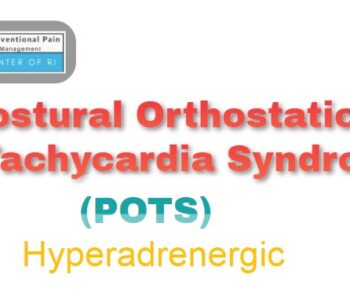 POTS
POTS
Postural Orthostatic Tachycardia Syndrome (POTS) – Hyperadrenergic
Pradeep Chopra, MD, MHCM
Postural Orthostatic Tachycardia Syndrome (POTS)
The most common form of POTS is known as Neuropathic POTS. By definition, neuropathic POTS is when the symptoms have been present for at least 6 months, there is an increase in heart rate by >30 beats per minute (>40 beats per minute in children) when going from lying down position to standing. If the heart rate increases to 120 beats per minute, then that is also diagnostic of POTS. There is very little change in the blood pressure.
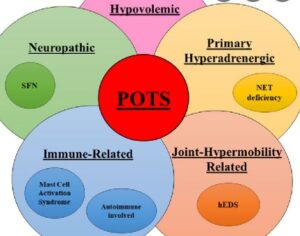
Some people may develop what is known as Hyper-adrenergic POTS. In these people when they move from lying down to standing position, the systolic (upper reading) blood pressure increases by more than 10 mmHg. In addition, they also have increase in blood nor-epinephrine levels (>600pg/mL). They also develop an increase in heart rate by more than 40 beats per minute or a heart rate of 120 beats per minute. Most cases of POTS are not hyperadrenergic.
The diagnosis of POTS or Hyperadrenergic POTS can be made easily in a doctor’s office. They can measure blood pressure and heart rate after lying down for 10 minutes. The same readings are taken 30 seconds after standing and then once again after 10 minutes of standing. This is the method that we use in our office. The other more formal method is to do a Tilt Table Test (TTT). For patients who have POTS (any type), this can be a difficult experience. The patient is asked to lie down on a tilting table and connected to a blood pressure, heart rate etc. machine.
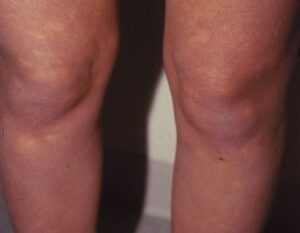
The table is then tilted upright. Most physicians who treat POTS on a regular basis prefer the office method. Proponents for the Tilt Table Test believe that when a patient is made upright without using muscles, the reading may be more accurate. When patients do the office method of measuring for POTS, they are using their leg muscles to stand which ‘may change the results’. Most physicians believe that the office method of measuring for POTS is reflective of real life conditions as patients lie down and stand on their own.
Back to Hyperadrenergic POTS.
The symptoms are similar to Neuropathic POTS.
- Sudden increase in urination with standing
- Headaches
- Migraines
- Anxiety
- Tremulousness
- Excessive sweating
- Palpitations (racing heart) on standing
- Fatigue
- Light headedness or fainting
- Stomach issues such as diarrhea, nausea, bloating
Patients with hyperadrenergic POTS seem to have increased centrally mediated norepinephrine drive or a defect in norepinephrine reuptake.
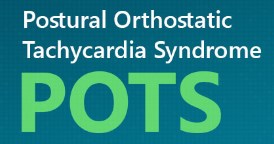
Treatment of hyperadrenergic POTS also varies a little from Neuropathic POTS. There is no standardized treatment and each patient is treated based on his or her presentation, co-existing conditions such a EDS (Ehlers Danlos Syndromes), MCAS (Mast Cell Activation Syndrome).

